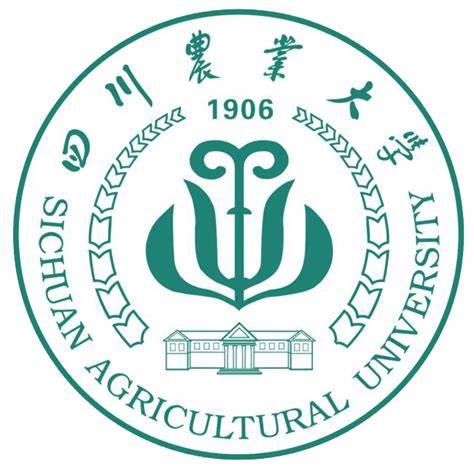Rapid diversification of St-genome-sharing species in wheat grasses (Triticeae: Poaceae) accompanied by diversifying selection of chloroplast genes
作者: 刁圣轩 审稿人:魏育明 时间: 2025-02-27 点击次数:次
https://bmcplantbiol.biomedcentral.com/articles/10.1186/s12870-025-06051-6
BMC Plant Biology, volume25, Article number:32(2025)
Li-Na Sha,Ning Chen,Shi-Yong Chen,Yue Zhang,Yi-Ran Cheng,Dan-Dan Wu,Yi Wang,Hou-Yang Kang,Hai-Qin Zhang,Xiao Ma,Yong-Hong Zhou&Xing Fan
Abstract
Background
TheSt-genome-sharing taxa are highly complex group of the species with theStnuclear genome and monophyletic origin in maternal lineages within the Triticeae, which contains more than half of polyploid species that distributed in a wide range of ecological habitats. While high level of genetic heterogeneity in plastome DNA due to a reticulate evolutionary event has been considered to link with the richness of theSt-genome-sharing taxa, the relationship between the dynamics of diversification and molecular evolution is lack of understanding.
Results
Here, integrating 106 previously and 12 newly sequenced plastomes representing almost all previously recognized genomic types and genus of the Triticeae, this study applies phylogenetic reconstruction methods in combination with lineage diversification analyses, estimate of sequence evolution, and gene expression to investigate the dynamics of diversification in the tribe. Phylogenomic analysis confirmed previous phylogenetic relationships, with theSt/E/Vlineages (Pseudoroegneria/Lophopyrum + Thinopyrum/Dasypyrum) being suffered from a chloroplast capture event prior to polyploidization events. Analyses of diversification rates detected a significant acceleration approximately five million years ago in theSt-genome-sharing taxa. Molecular tests of evolution and gene expression further indicated that radiation within the accelerated group has been accompanied by adaptive genetic changes in a few chloroplast-encoded genes directly or indirectly related to photosynthesis.
Conclusions
Our results support an important role for adaptive evolution in plastomes during accelerated diversification. In combination with plastome data, further investigations using other genomes, such as the nuclear genome, are urgently needed to enhance our understanding of the evolutionary history of theSt-genome-sharing taxa, especially to determine whether adaptive changes in the nuclear genome are accelerated as well because plastome represents the maternal inheritation in angiosperms.


